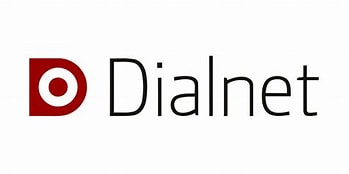The cloud computing book : the future of computing explained / Douglas E. Comer, Department of Computer Sciences, Purdue University, West Lafayette, IN 47907.
Idioma: Inglés Editor: Boca Raton : CRC Press, 2021Descripción: xvi, 269 páginas : ilustraciones (color) ; 24 cmTipo de contenido:- texto
- no mediado
- volumen
- 978-0-367-70680-7
- 004.67/82 C7325c
| Tipo de ítem | Biblioteca actual | Colección | Signatura topográfica | Copia número | Estado | Notas | Fecha de vencimiento | Código de barras | Reserva de ítems | |
|---|---|---|---|---|---|---|---|---|---|---|
 Libro
Libro
|
Sede Esmeraldas Sala general | Col General | 004.67 /C7325c /2.4.028(a) (Navegar estantería(Abre debajo)) | Ej.1 | Disponible | 2021 | ESM416400 |
Incluye bibliografía, referencias e index.
The motivations For Cloud --Elastic Computing And Its Advantages --Types Of Clouds And Cloud Providers --Data Center Infrastructure And Equipment --Virtual Machines --Containers --Virtual Networks --Virtual Storage --Automation --Orchestration: Automated Replication And Parallelism --The MapReduce Paradigm --Microservices --Controller-Based Management Software
"The latest textbook from best-selling author, Douglas Comer, this class-tested book provides a comprehensive introduction to cloud computing. Focusing on concepts and principles, rather than commercial offerings by cloud providers and vendors, the text gives readers a complete picture of the advantages and growth of cloud computing, cloud infrastructure, virtualization, automation and orchestration, and cloud-native software design. The book explains real and virtual data center facilities, including computation (e.g., servers, hypervisors, Virtual Machines, and containers), networks (e.g., leaf-spine architecture, VLANs, and VxLAN), and storage mechanisms (e.g. SAN, NAS, and object storage). Chapters on automation and orchestration cover the conceptual organization of systems that automate software deployment and scaling. Chapters on cloud-native software cover parallelism, microservices, MapReduce, controller-based designs, and serverless computing. Although it focuses on concepts and principles, the book uses popular technologies in examples, including Docker containers and Kubernetes. Final chapters explain security in a cloud environment and the use of models to help control the complexity involved in designing software for the cloud. The text is suitable for a one-semester course for software engineers who want to understand cloud, and for IT managers moving an organization's computing to the cloud"--
No hay comentarios en este titulo.









